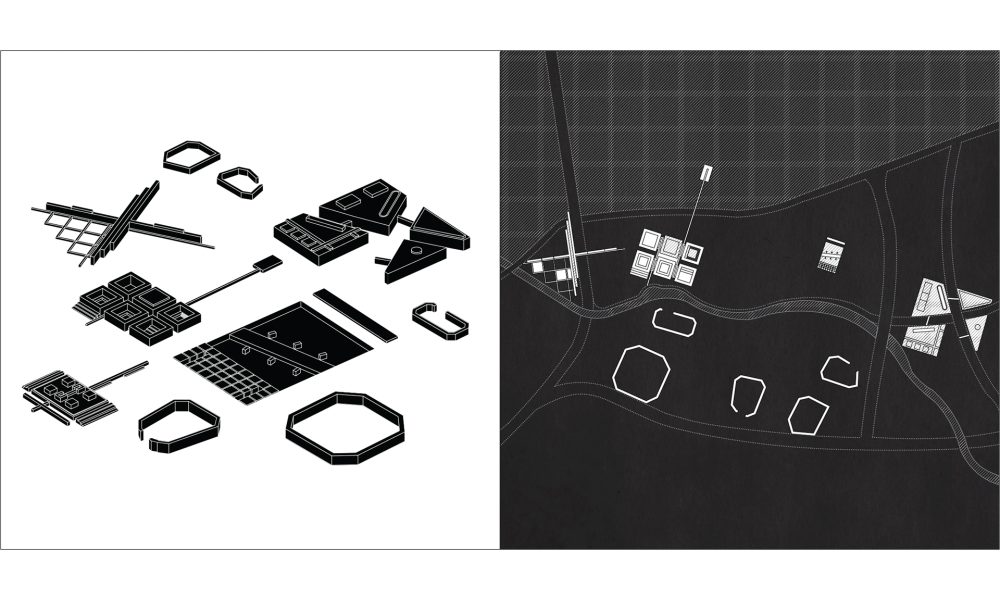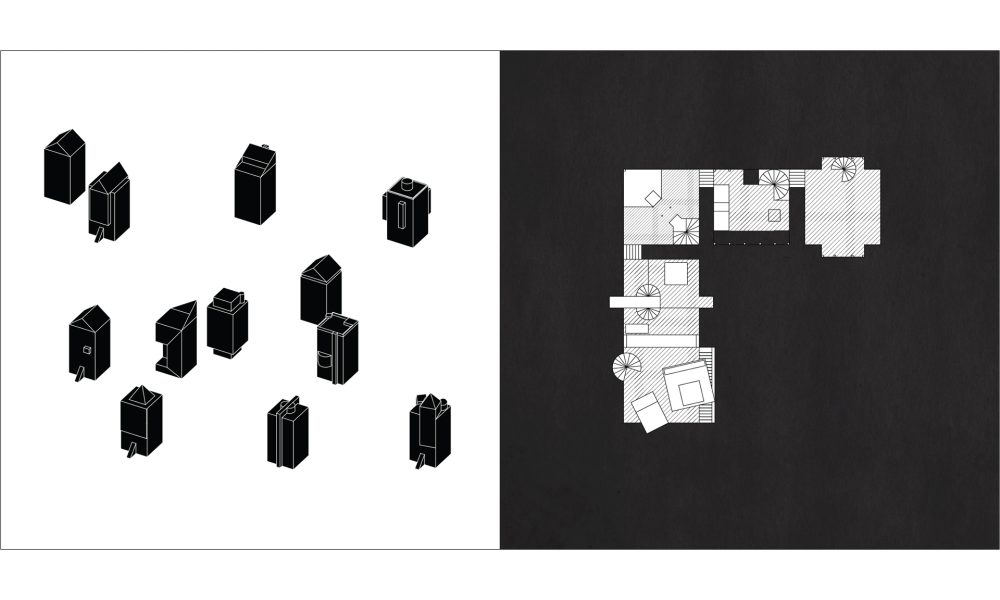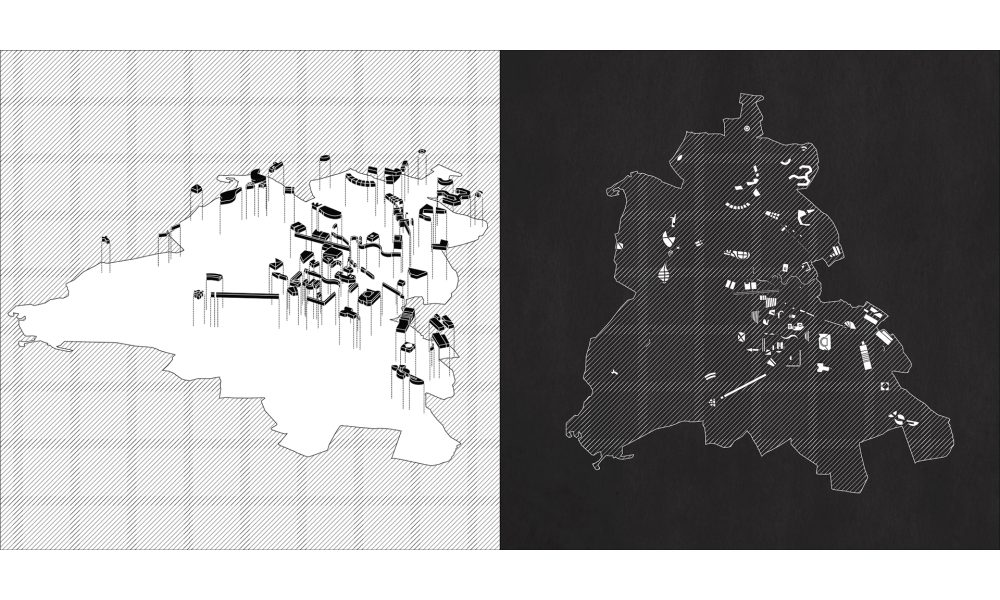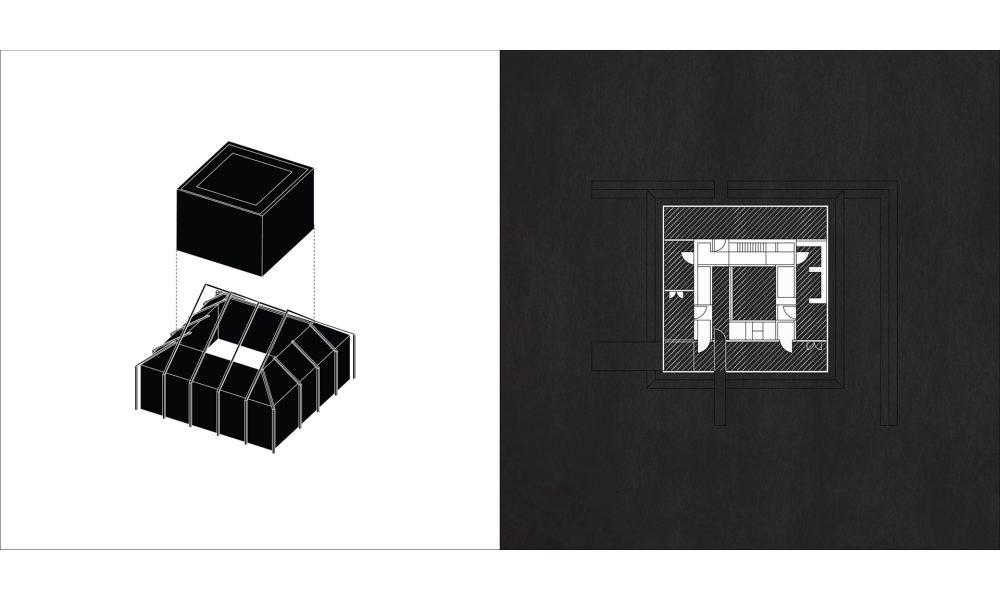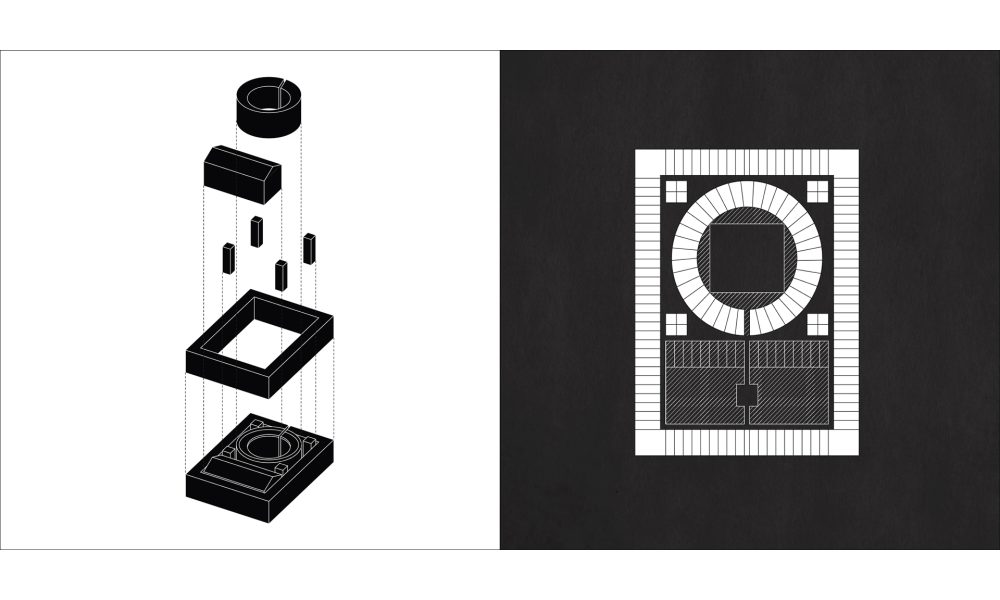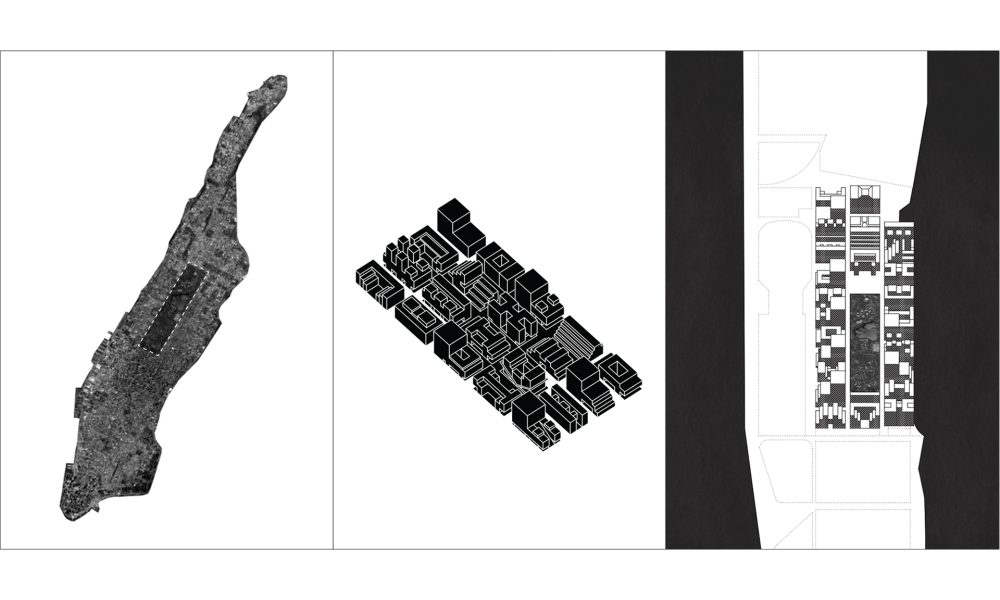The research project has been awarded a Graham Foundation Grant, May 2013.
"The work of art arises from a background of other works and through association with them…Not only parody, but also any kind of art is created parallel to and opposed to some kind of form. The purpose of the new form is not to express new content, but to change an old form which has lost its aesthetic quality." 1
When asked about the relationship between architecture and design in 1991, German architect O. Mathias Ungers wrote: "I see myself as an architect as opposed to a designer. Design has an excessive influence on architecture today. What we are left with is ersatz-architecture." And, in 2004, a similar lament repeats when Ungers comments on architecture's social engagement in an interview: "Social problems cannot be resolved by architecture. Indeed you can only solve architectural problems." Far from indicating a firm conservatism against architecture's relationships with other disciplines or a nostalgic pessimism for architecture's impotence in the world, what lies behind these statements was indeed a life-long research and speculation on architecture's collective capacity to engage with the world (city, urbanism, environment) as well as with its own core (history, autonomy) without resorting into naïve postulations at either extreme. Perhaps nothing can represent this dilemma better than Ungers's tenure in the United States during 1970s, where he would develop a rigorous project for architecture's role in the contemporary city. Through a focus on Ungers's speculative projects, teaching, and participated exhibitions, the research aims to elucidate his work during this time frame as it portrays a constant search for a new realism through a specific articulation between form and scale.
1 Victor Shlovsky, "The Relation of Devices of Plot Construction to General Devices of Style" (1919), re-quoted from L. Temon, Russian Formalist Criticism: Four Essays (University of Nebraska Press, 1965), p.116.
